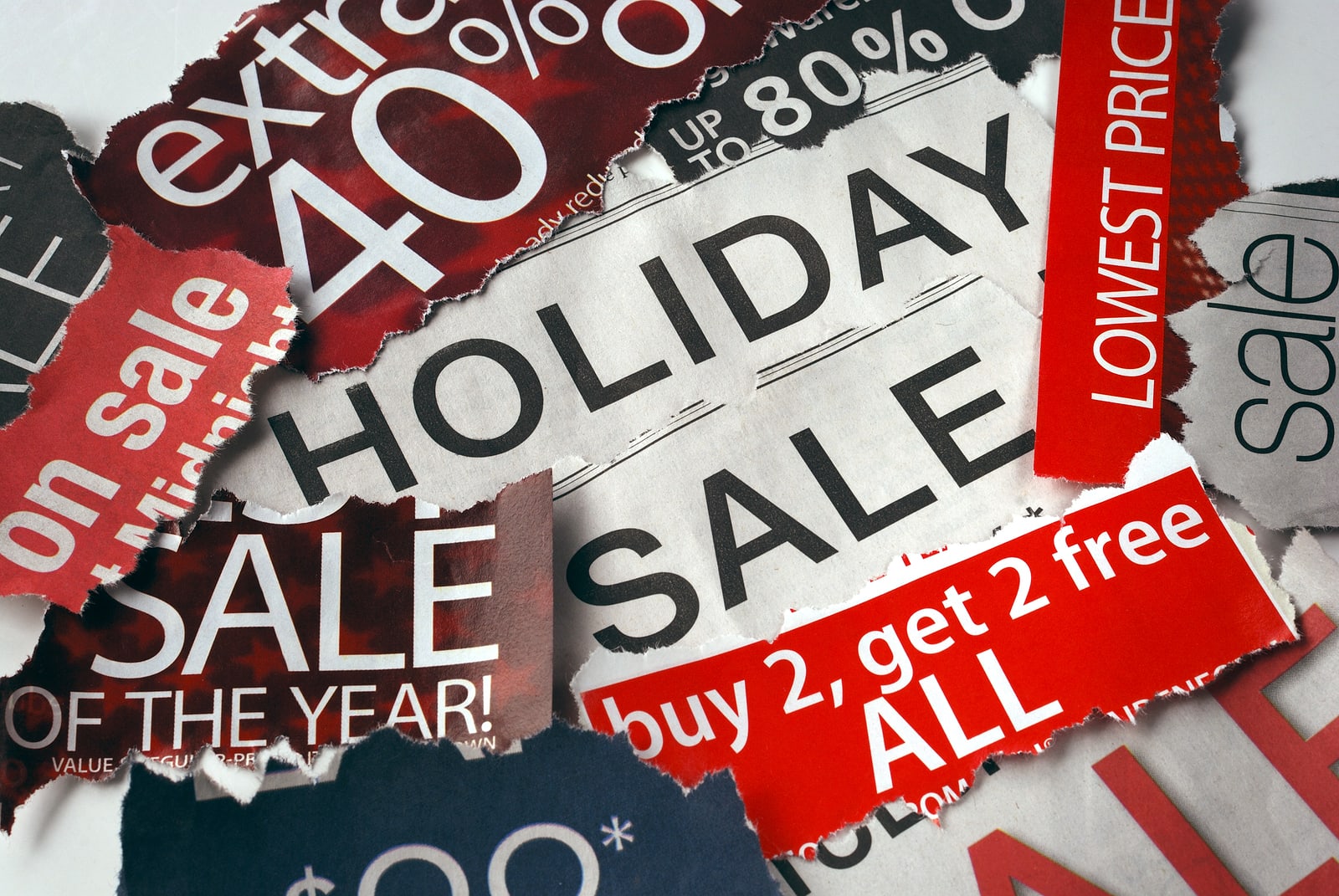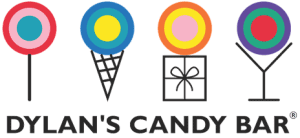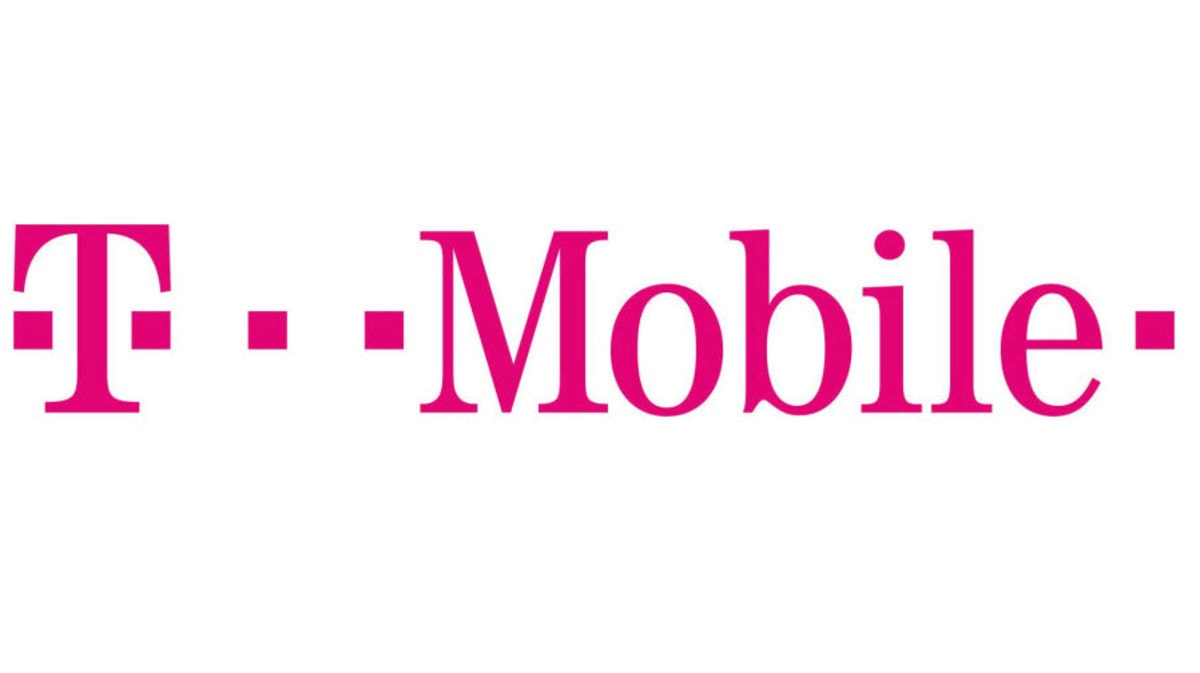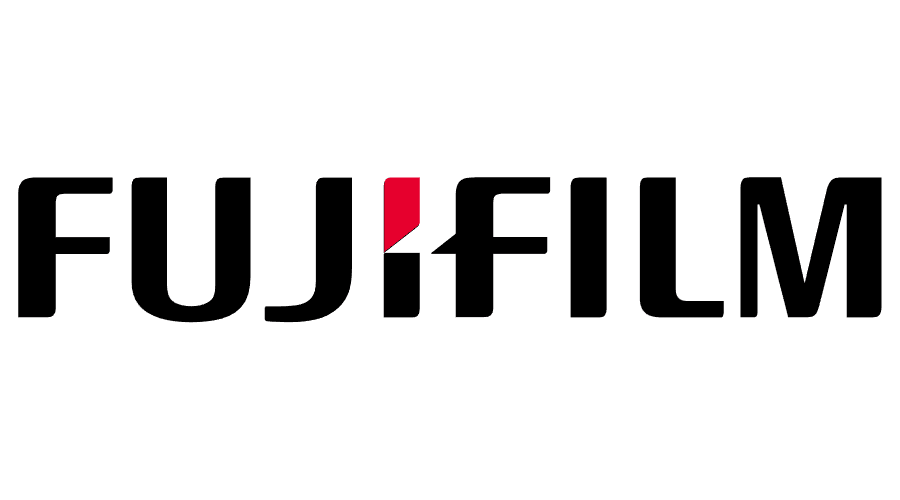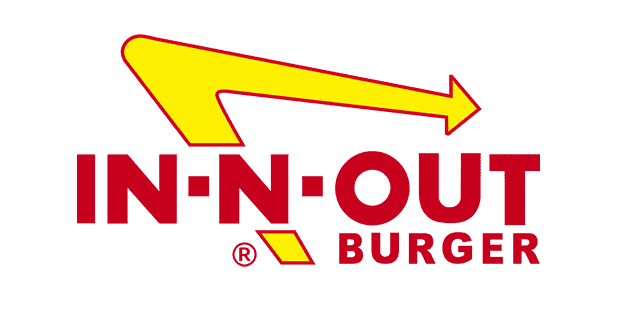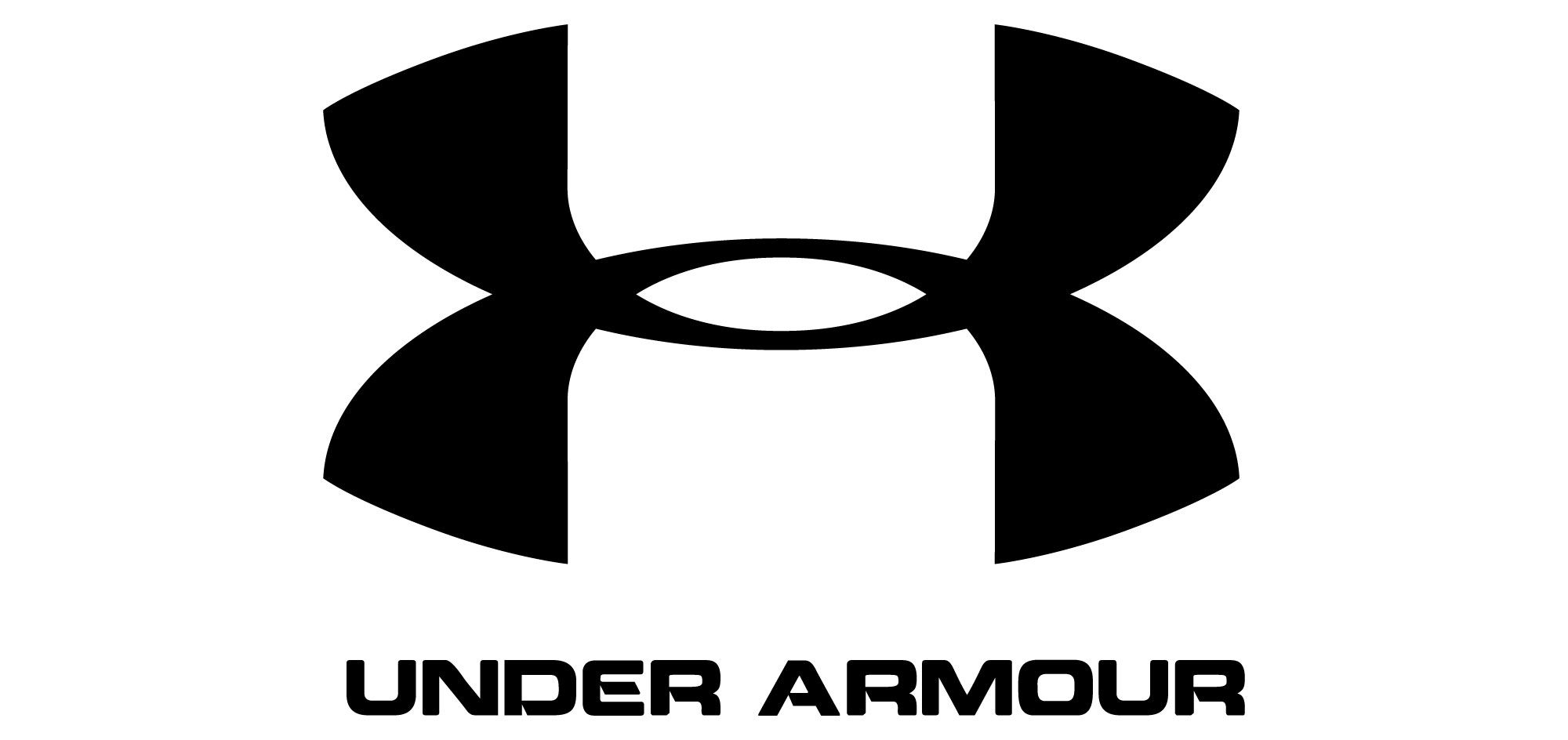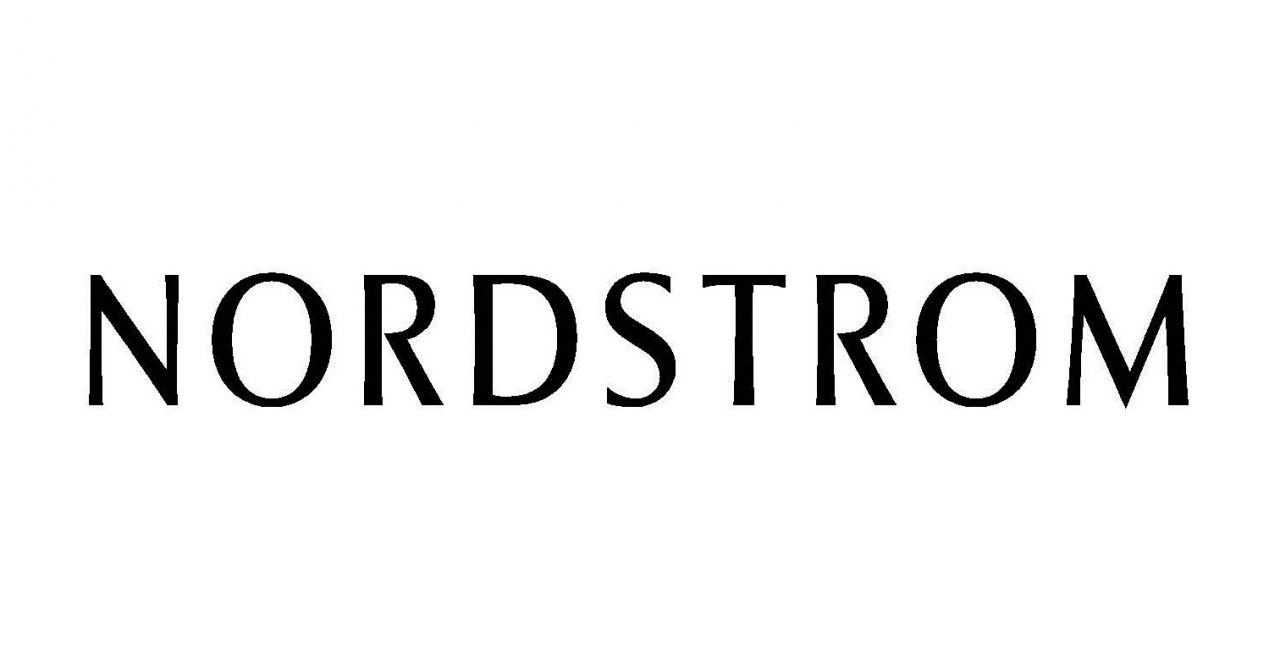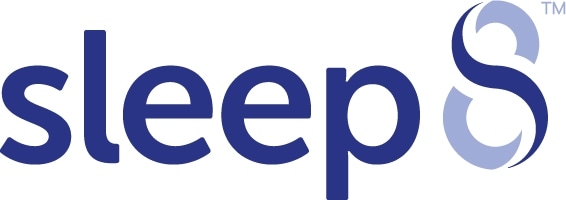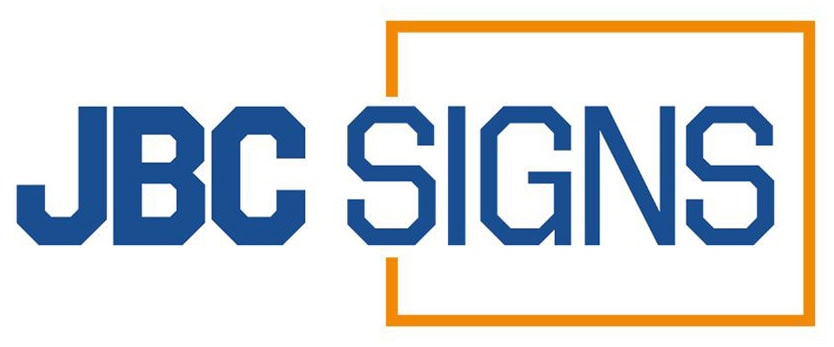Key Takeaways:
- Attract Attention with Bold Signage: Use eye-catching in-store signage to grab the attention of customers as they enter the store. This helps set the tone for their shopping experience and encourages them to explore further.
- Highlight Promotions and Discounts: Clearly display sales, promotions, or discounts with prominent signage to drive impulse buys and boost sales. Well-placed signage can guide customers to special offers and limited-time deals.
- Enhance Product Visibility: Use signage to highlight new products, bestsellers, or seasonal items. This directs customers’ attention to products they might otherwise overlook and helps with upselling or cross-selling.
- Create an Informative Shopping Experience: Incorporate signage that provides helpful product details, usage instructions, or care tips. This adds value for customers, making them feel more informed and confident in their purchasing decisions.
- Create a Strong Brand Identity: Consistent and visually appealing signage reinforces your brand’s identity and message. It creates a cohesive in-store experience that aligns with your brand values and builds customer loyalty.
No matter what you sell, if you’re a retailer, you can increase your sales and encourage more customers to take action using in-store signage.
Almost all retailers are aware of the importance of signage. Despite this, many retail stores use signage that’s ineffective at best, and outright bad at worst. From poor messaging to readability problems, many signs that could be effective fall short because of easily avoidable errors.
From window displays to product displays, effective use of retail signage in your store can drive sales, encourage more customers to sign up for loyalty deals and special offers, and massively increase your visitor-to-customer conversion rate.
Would you like to generate more revenue from your existing customers? Below, we’ve listed four simple but highly effective ways you can use in-store signage to boost sales, increase average revenue per customer, and grow your retail business.
Give customers a reason to buy specific products
Many retailers use signage to draw attention to products, but few use signs to give customers a reason to buy a specific product.
Every product has features and benefits. The features of a television, for example, are its size, display resolution, speakers, input and output ports, “smart” technology and more. These are the specific features that make up the product, and they’re moderately strong selling points.
The problem with focusing on features is that they’re not a strong source of motivation for the majority of customers. Only a small percentage of customers will buy a television because of features — far more people are persuaded by benefits.
Instead of mentioning features in your signage, focus on product-specific benefits and reasons to buy. For example, the same television could be marketed as “Ideal for watching your favorite movies this winter!”
A mountain bike could be marketed as “Perfect for enjoying the summer weather!” An espresso machine as “Enjoy your favorite coffee at a fraction of the price of a café!” When you focus on a specific reason to buy a product, your signage becomes much more compelling and effective.
Use signage to promote affordable add-on products
Add-on products — small, inexpensive products that complement larger, more expensive ones — are great tools for adding a significant margin to every purchase. Using retail signage near your checkout counter, you can encourage customers to add products into their shopping cart.
While larger, more costly produced are best marketed by focusing on benefits, add-on products are effectively marketed by focusing on value. State the low cost of an add-on product and most customers will respond positively, seeing an excellent deal.
As well as promoting add-on products near your checkout counter, group complementary near each other on your in-store shelving. A small “buy together” note in a good quality tabletop sigh holder is often all it takes to prompt customers to add a second product into their shopping cart.
Use “you” and “your” to make products feel personal
The most effective marketing messages don’t just make customers think of a specific product’s benefits — they make customers visualize themselves owning and using a product. This creates a visual bond between a customer and a product — a bond that often leads to a purchase.
The key to encouraging this kind of visualization is effective use of personal pronouns like “you” and “your.” As a retail shopper, which of the following two messages is most likely to cause you to visualize yourself using a specific product:
- “Enjoy a higher quality of life”
- “Improve your quality of life”
Whenever possible, use words like “you” and “your” in your retail signage to encourage people to visualize themselves using a specific product. This small difference in word selection has an impact on the persuasiveness of your message and can help you drive more retail sales.
Keep it simple — signage isn’t for explaining
The message you use in your in-store signage shouldn’t be complicated. Instead, it should be as short, direct, and to-the-point as possible.
People will spend about three seconds paying attention to your retail signage before moving on to their next task. If your message can’t be read and understood in this three second period, it’s more likely to be ignored than followed.
Keep your retail signage message as short and simple as possible — under 10 words, and easy to read and understand. Use simple language that appeals to a wide audience so that no reader feels left out or struggles to understand your offer.
It’s never good to explain in signage. Instead, stick to a simple message that leaves no room for misunderstanding or misinterpretation. It’s far better for customers to ask questions to your staff about an overly simple message than to lose sales due to complicated, challenging language.
Maximizing Signage Effectiveness with the Right Sign Holder Placement
The placement of your signage is just as important as the design itself. To make the most of your black-and-white signs, consider incorporating various sign holders in strategic locations around your store or venue. Tabletop sign holders are perfect for placing near checkout counters or product displays, allowing customers to easily read your message while they make purchasing decisions. These holders are compact, versatile, and great for busy areas where space is limited.
For larger spaces, wall-mounted sign holders are an excellent option. These holders are ideal for displaying your black-and-white signs at eye level, ensuring maximum visibility. Wall-mounted holders can be used to showcase important information, promotions, or directional signage, all while keeping your space organized and clutter-free.
For a more dynamic approach, consider using floor-standing sign holders. These are perfect for high-traffic areas, helping to grab the attention of passersby with your bold black-and-white designs. Whether on a table, wall, or floor, the right sign holders make your black-and-white signage stand out and effectively communicate your message to customers.
How effective is your in-store signage?
When used effectively, in-store signage can act as a virtual salesperson, guiding customers to new deals and encouraging them to take action. When used ineffectively, signage can confuse shoppers and deliver mediocre sales results.
How effective is your in-store signage? If you’d like to sell more products without expanding your in-store sales team, use the four strategies outlined above to increase the effectiveness of your retail signage.
FAQs
1. How can in-store signage boost retail sales?
In-store signage boosts retail sales by directing customer attention to key products, promotions, and areas within the store. Effective signage enhances the shopping experience, encourages impulse purchases, and communicates essential information that drives buying decisions.
2. What are the best types of in-store signage for promoting special offers?
The best types of in-store signage for promoting special offers include endcap displays, window signs, and hanging banners. These signage types are strategically placed to catch customers' eyes, making them aware of discounts and promotions as they navigate the store.
3. How does in-store signage improve customer navigation?
In-store signage improves customer navigation by clearly marking sections, aisles, and product categories. Directional signs and informative displays help shoppers find what they need quickly, enhancing their overall experience and increasing the likelihood of making a purchase.
4. What role does digital signage play in enhancing retail sales?
Digital signage plays a significant role in enhancing retail sales by providing dynamic and engaging content. It allows for real-time updates, interactive features, and personalized messaging, which can captivate customers and influence their purchasing decisions more effectively than static signs.
5. How can businesses measure the effectiveness of their in-store signage?
Businesses can measure the effectiveness of their in-store signage by tracking key metrics such as sales lift, customer foot traffic, and engagement rates. Utilizing customer feedback and conducting A/B testing with different signage designs can also provide insights into which strategies are most impactful in driving sales.

